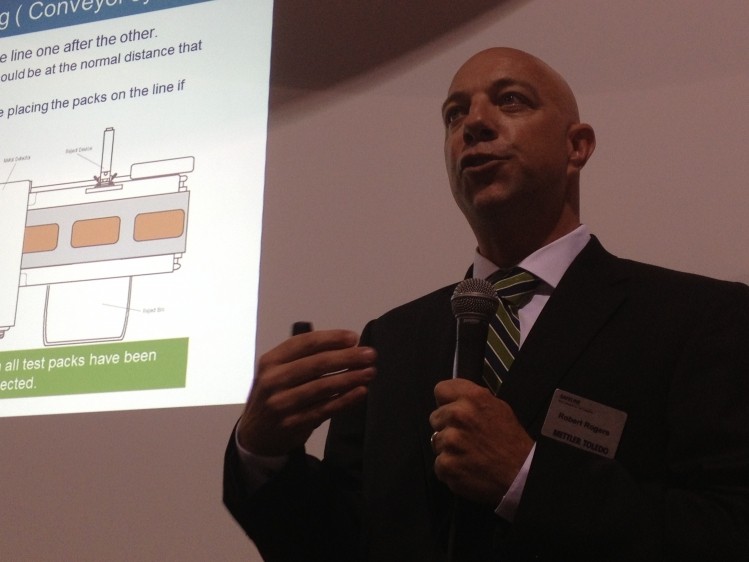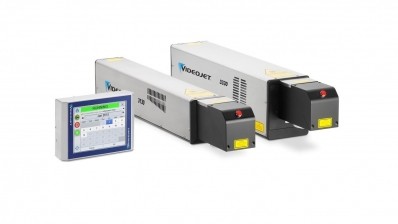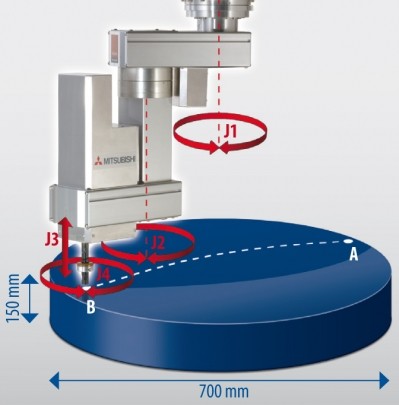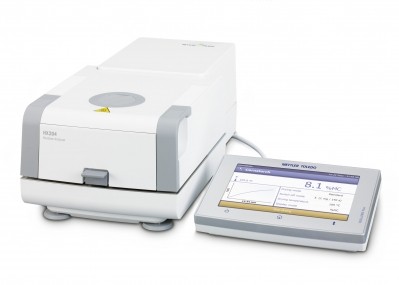Dispatches from Pack Expo
Mettler-Toledo: More traceability needed on reject products

Robert Rogers, senior advisor for Food Safety & Regulations, Mettler-Toldeo Product Inspection has worked for the company for 17 years and visits manufacturers to see how their processing equipment works.
Speaking at the ‘Food Safety Summit Factors Impacting Food Security’, at the Resource Centre, Pack Expo, he told the audience it is important to have prerequisite programs in place because of the high level of false rejects.
Lockable reject bin
He said conditions in the environment can effect metal detector performance ie, airborne electrical interference, plant vibration and temperature fluctuations.
Speaking to FoodProductionDaily after the seminar he said Mettler-Toledo introduced a lockable reject bin, the PowerPhasePRO model, into the market eight months ago, which needs a code to be unlocked.
“My job is to go into a manufacturing plant and observe processing equipment. To see what they do with it and how they treat their metal detection machines,” he said.
“When products end up in the reject bin sometimes the operators take them out and put them through the machine again. If it doesn’t detect a problem they let it go through.
“However, if a product falls into a reject bin, it needs to be locked away and taken to a lab because you need to know what the source of the problem is and why it was detected in the first place. We need more traceability.”
PowerPhasePRO
Rogers said the PowerPhasePRO model was launched in response to feedback from customers and observations from clients.
“In reality you want the product to be secure and take it to a lab to prevent the detection from happening again. The metal detection equipment is a notification device but it’s what we do with the product that is rejected that makes all the difference.
“If a reject bin is not secure, anyone can remove the package, take it out of the bin and pass it through again.”
He added manufacturers need to figure out what the source of the problem is, prevent it and alert the operation.
“We need to find out why there is so much product in a reject bin. Put a preventative measure in to stop it from happening and make sure the facility itself is not contaminating the product,” said Rogers.
The 'Challenge test'
“In the world we live in today, we need some means of documenting the ‘challenge test’, ‘changes in the system’, whether it is hand written or via electronic record, we have to have a validation procedure in place to prevent contamination.”
Rogers said there is no technology today that can detect human hair, or an insect leg, for example, but ‘never say never’ and one day a detection equipment for these types of systems might be invented.
In the meantime, companies have safety programs in place, such as hair nets etc to ensure a safe product is being delivered.
Recalls
But recently there have been a number of recalls regarding PP (polypropylene)or UHMW (ultra-high-molecular-weight polyethylene) – plastics that are not detected in machine processing so firms need a ‘good food program’ in place and an automated reject device is ‘the preferred mechanism’.
Foreign objects that can be detected include PVC, glass, Teflon, bone, stone, aluminum, iron and steel.
“There are ever increasing pressures on producers through the US FDA and other global bodies. We need good documentation surrounding all activities and what sort of things affect performance through screenings, sifting and metal detection,” said Rogers.
“As an equipment manufacturer the product environment is the production floor ‘real estate’ where machines have to successfully monitor a product for a business to succeed.”










